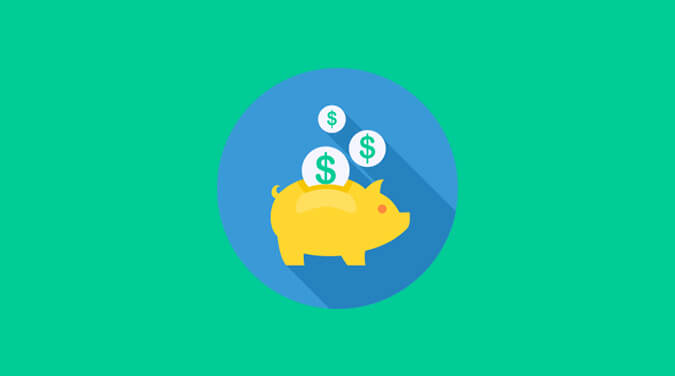Ways to Save (and Not Spend) Your Tax Refund

This original article was written by
More than 70 percent of taxpayers are expected to get refunds this year, the Internal Revenue Service reports. That represents a big opportunity, according to savings advocates and financial advisers, since many Americans struggle to set aside cash for emergencies.
Last year, the average refund was nearly $2,900 — a significant amount of money for many people.
“For a lot of families, it’s the biggest financial event of the year,” said Timothy Flacke, executive director of Commonwealth, a nonprofit in Boston that promotes saving and financial security.
There is some indication that more people are focusing on saving at least part of their tax refund. In a Bankrate survey, more than a third said they would save or invest their refund this year, while just 6 percent said they would use it to splurge on a special treat, like a vacation or shopping spree. (The telephone survey, which polled 1,001 people in February, has a margin of error of plus or minus four percentage points.)
Millennials in particular were more likely to say they would save their refund, said Sarah Berger, a personal finance specialist at Bankrate. Perhaps, she said, because they have lived through a recession, they are aware of the need to save, in case of a job loss or illness.
Research from the Pew Charitable Trusts in 2015 found that 41 percent of households said they could not cover an unexpected expense of $2,000. And last year, the Federal Reserve reported that nearly half of American families would struggle to meet an emergency expense of even $400.
Saving is particularly challenging for families whose income fluctuates widely, new research from Pew finds.
“Families have very little liquid savings,” said Erin Currier, director of Pew’s financial security and mobility project.
Tax refunds can offer a chance for people to save, whether by establishing a rainy-day fund or setting up a retirement account, said Mr. Flacke of Commonwealth (which was formerly known as the D2D Fund). Getting a large chunk of your annual income as a lump sum “is a big deal,” he said.
Acting before you have the cash in hand can help make sure you save some of the refund. One option, Mr. Flacke noted, is to receive your refund by direct deposit, and have the I.R.S. divide the money into separate accounts — say, half to a savings account and half to your checking account.
Mr. Flacke also said consumers might consider buying savings bonds with their tax refunds. Tax time is the only remaining opportunity for people to purchase paper savings bonds; otherwise, consumers must buy digital savings bonds from the federal government.
One way to force yourself to save, said Robert Steen, a certified financial planner with USAA, is to get in the habit of talking with friends and family about your goal, whether in person or on social media.
“If you share it,” he said, “it becomes more real.”
Here are some questions and answers about using tax refunds to begin saving:
How can I split my tax refund?
To do this, file Form 8888 with your tax return. The form lets you divide the money among as many as three accounts.
Commonwealth and America Saves, a nonprofit that promotes saving, co-sponsor an annual “save your refund” promotion, which offers participants the chance to win multiple awards of $100, and a grand prize of $25,000, if they save part of their tax refund. You must split your refund using Form 8888 and save at least $50 to participate.
How do I buy savings bonds with my tax refund?
To buy savings bonds, you will also need to file Form 8888 and indicate that you want to purchase bonds with all or part of your refund. This year, taxpayers can use their refunds to buy up to $5,000 in I-series United States savings bonds, which pay a flat interest rate and an additional rate based on inflation. The bonds may be purchased in $50 increments.
What if my refund is very large?
Refunds can act as forced savings, but an outsize refund means that you have missed out on the chance to earn interest on that money. That was not such a big deal in recent years, because interest rates on insured savings accounts have been paltry. But with rates ticking upward, there are likely better places to keep your cash.
To reduce the amount of your refund, you will need to decrease the amount withheld from your paycheck. You can do this by filling out a revised W-4 form and giving it to your employer. The I.R.S. offers an online calculator to help you adjust the amount withheld.
Of course, if you know you lack discipline and might be tempted to spend the extra money from your paycheck, stick with the larger refund, said Ms. Berger of Bankrate.
“If you’ll just spend it on things like takeout,” she said, “maybe a refund is better for you.”